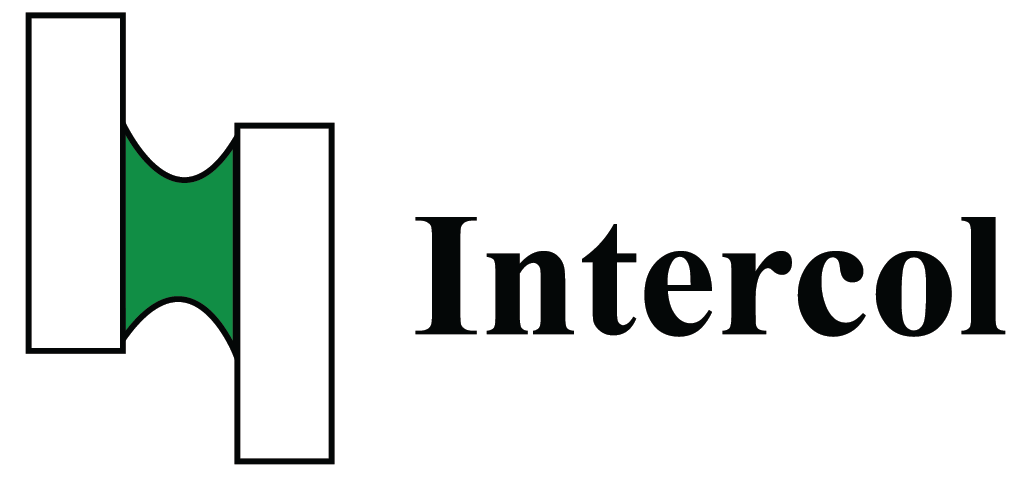The recycling of carpet is challenged for many years already. In the end there are several recycling routes.
- Mechanical recycling (re-melting)
- Chemical recycling (re-polymerize)
What is Mechanical recycling?
Mechanical recycling is the process of recovering plastic waste through mechanical methods such as sorting, washing, drying, grinding, re-granulating, and compounding. Unlike other recycling methods, mechanical recycling does not alter the chemical structure of the material. This allows for multiple re-use of polymeric materials, creating a closed loop where end-of-life materials are transformed into secondary raw materials for new applications. The steps involved in mechanical recycling typically include:
- Collection: Gathering plastic waste.
- Sorting: Separating plastics based on their material type (e.g., PET, HDPE, etc.).
- Washing: Cleaning the plastics to remove contaminants.
- Drying: Ensuring the plastics are moisture-free.
- Grinding: Reducing the plastics into smaller particles.
- Compounding and Pelletizing: Creating uniform pellets for reuse.
All end-of-life thermoplastics can be mechanically recycled with limited quality impairment, depending on the applied strategy. Techniques like float-sink sorting, near-infrared sorting, and X-ray fluorescence are used to sort plastics effectively. Mechanical recycling is widely employed to treat both primary (industrial) and secondary (post-consumer) plastic waste in Europe. It plays a crucial role in achieving a more sustainable and circular economy.
What is Chemical recycling?
Chemical recycling is the process of converting polymeric waste by changing its chemical structure and turning it back into substances that can be used as raw materials for the manufacturing of plastics or other products. Unlike mechanical recycling, which involves processing plastic waste into secondary raw materials without significantly altering the material’s chemical structure, chemical recycling breaks down polymers into their building blocks. These building blocks can then be used to create new plastics, chemicals, or even fuels. There are several chemical recycling technologies, including:
- Pyrolysis: Involves heating plastics in an oxygen-free environment to break them down into smaller molecules.
- Gasification: Converts plastics into a gas mixture that can be further processed.
- Hydro-cracking: Uses high temperatures and hydrogen to break down plastics.
- Depolymerization: Breaks down polymers into monomers, which can then be reassembled into new plastics.
Chemical recycling complements other recycling methods and allows for the treatment of complex plastic waste streams that would otherwise end up in incineration or landfill. It also enables the production of recycled plastics with properties similar to virgin plastics, making it suitable for demanding applications, including food contact materials. As the industry invests more in chemical recycling, it contributes to a circular economy for plastics and supports sustainability goals.
Recycling of assembled materials
Mechanical and Chemical recycling both need a pure raw material stream, in order to achieve the highest quality and most efficient processing. Typical drawbacks with mechanical recycling is downgrading the materials because of depolymerizing and because of material pollutions (pigments/colours, additives, binders, etc).
Chemical recycling processes do require huge amounts of energy. Prefereably renewable green energy, because when fossil energy is used, it might have been more economic to use fossils for the production for virgin plastic.
A quick conclusion is that mechanical recycling is preferred, and chemical recycling processes only are viable after several mechanical recycling cycles, in order to prevent landfill and less usage of fossil materials.
How to recycle carpet?
Carpet is made of some typical components like:
- Fibers (carpet face)
- Primary backing (scrim, holds the fibers)
- Precoat (binder, holds the fibers to the backing
- Secondary coat (binder, holds filler and additives like flame retardants, creates dimensional stability)
- Secondary backing (contributes to increased dimensional stability)
In theory, all materials could be made of one material, but, pigments additives and surfactants, will always be part of the assembled products. Even binders made of the same “polymer family” will disturb a mechanical recycling process. Therefore, it is more practical to use a solluble binder, in order to grind carpets at it’s end of life, and seperate the materials in a batch of alkaline solution or mild solvents. The Creasolv process from Frauenhofer has already proven to be a useable process for seperating carpet fibers from the backing materials, when a VAE binder is used.
VAE binders can be water solluble, with mild solvents, the separation is even faster. Therefor the recycled clean fibers can be reused for making new fibers (mechanical recycling). Depending on the scrim material, when it is from the same material as the fibers, it can be mechanical recycled in that process as well. Filler and VAE binder can be used in recycled filler materials. Where the recycled VAE contributes to the adhesion performance, it is expected that less new VAE would be necessary for the recycled coatings.

How to make te right compound?
Intercol is a specialist in VAE compounds. We have made compounds for many industries, including the carpets. There are more reasons to consider VAE for your carpet backings:
- VAE is thermoplastic
- VAE has low VOC (e.g. in relation to SB)
- VAE has lower flammability than SB. So less or no flame retardants are necessary to product flame retardant carpets
- VAE is available in several Tg, and compounds can be made accordingly to your needs
- VAE is compatible with many additives, to improve the compounds on properties like flame retardancy, water sollubility, or washability




